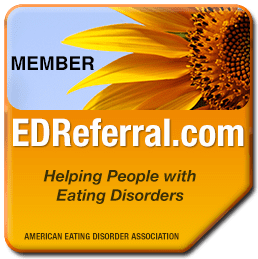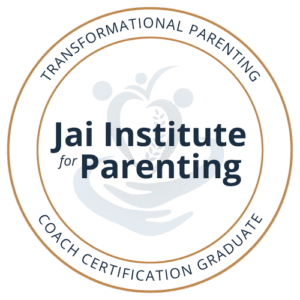

Disordered eating and body image
Disordered Eating, Stress Anxiety and Body Image Challenges
I began my career focusing on childhood obesity, working with individuals struggling with weight-related chronic diseases. Many of these clients expressed regret at not having learned prevention strategies earlier in life. While earning my Master’s in Public Health, I developed a school-based health education program as my thesis, targeting the emerging childhood obesity epidemic. This program emphasized balanced health and nutrition, with a simple, actionable message: eat at least five fruits and vegetables daily, engage in one hour of exercise, and avoid smoking.
Having experienced disordered eating and body image challenges myself during college, I have always approached health education with sensitivity to the spectrum of eating disorders—from mild disordered behaviors to severe conditions. Growing up, I witnessed the impacts of disordered eating within my family and society at large. In the 1980s, dieting, which we now recognize as disordered eating, was normalized and even encouraged. However, the hidden physical and mental toll on individuals was not widely understood.


How I can Help
With 17 years of experience as a college health and nutrition instructor and four years as a high school health teacher, I observed the growing mental health crisis alongside the rise in eating disorders across genders, races, and age groups. To address this, I expanded my school-based health program to include mental health education for grades K-12. This updated curriculum emphasized a holistic approach to health, introducing the “5-1-8-1 Rule”: five servings of fruits and vegetables, one hour of exercise, eight hours of sleep, and at least one positive coping skill daily.
Clients often seek me out for my expertise in disordered eating because of my personal and professional understanding of the condition. I help clients unpack the societal, familial, psychological, and physiological factors that contribute to disordered eating, enabling them to move past stigma and denial to seek appropriate treatment. Together, we explore the difference between physical and emotional hunger, helping clients reconnect with the fundamental purpose of food: to nourish, energize, and satisfy their bodies. Through this process, they learn healthier ways to address emotional needs and regain a balanced relationship with food, body image, and overall well-being.
Why coaching works
“I originally chose Siah because of her work and understanding of eating disorders which I had previously struggled with and didn’t want to pass on to my daughter. But our parent coaching quickly went beyond that to cover all sorts of topics, and I have been so grateful to have Siah as an objective resource and coach in a world where parenting for the first time can be so difficult. She has made me more confident as a mom and truly helped to transform my husband and my’s parenting approach for the better. I would recommend her to anyone!”
- Kami






